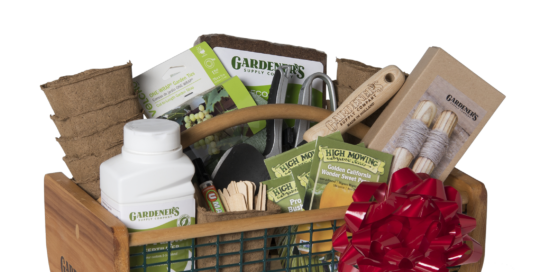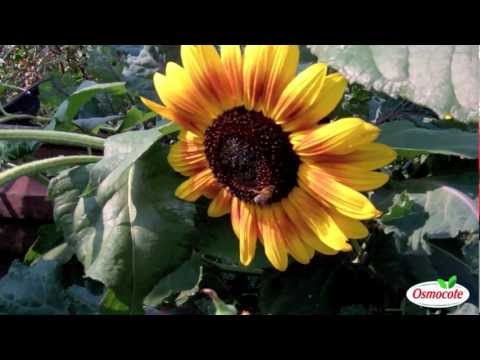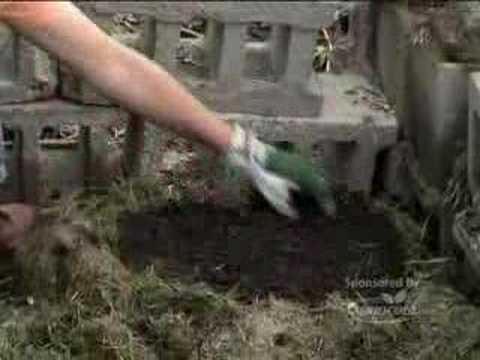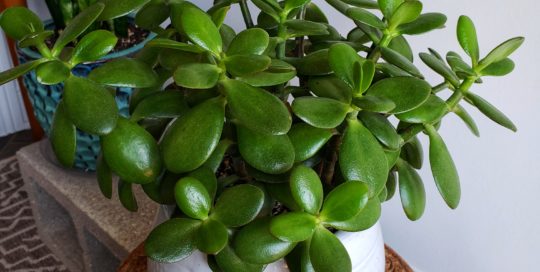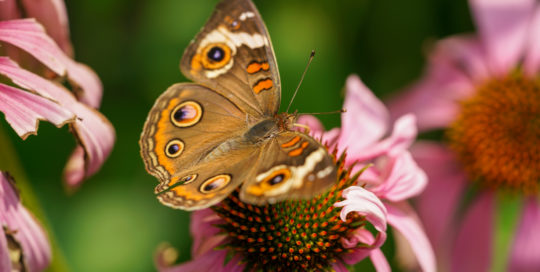Grow a Butterfly Garden
Who doesn’t love a butterfly floating above the flowers on a bright sunny day? You can attract butterflies by providing plants that offer nectar, host plants where females can lay their eggs, and a “puddling station”—a shallow container filled with rocks and some water where they can get a drink. Some of my favorite nectar plants are Midwestern natives—milkweeds, black-eyed Susans, asters and coneflowers. Annual zinnias, cosmos and salvia also attract pollinators to our garden in large numbers. Showing appreciation to our pollinators is a wonderful way to celebrate Earth Day.
Conserve Water
With Lake Michigan and the other Great Lakes providing a seemingly endless supply of fresh water to gardeners in the Midwest, water conservation has not been a concern. However, if you live in urban areas where the city provides lake water, you’re paying per gallon. When it comes to watering your garden, especially in the heat and drought of summer, those dollars add up quickly. Why not conserve your cash and water your plants with rainwater collected in rain barrels? And, unlike most municipal water, rainwater is untreated—no chemicals. If you have a low spot that collects water, take advantage of it and plant a rain garden.
Plant a Prairie Garden
Another way to conserve water is by using drought-tolerant prairie plants. Once upon a time—about 225 years ago—tallgrass prairie spanned more than 170 million acres. Before my home state, Illinois, was settled, more than 22 million acres was covered in prairie grasses and wildflowers, some that reached 10 feet tall and had roots that easily grew 11 feet deep where they could reach moisture. Today, only 2,300 acres of that precious original Illinois habitat remain—in both private and public lands, many of them state natural areas, in small pioneer cemeteries, in random spots along railroad tracks, and in botanical gardens. Prairie plants like liatris, coneflowers, rudbeckia, coreopsis and goldenrod are important nectar and pollen plants for many native insects and butterflies. They’re all great additions to the sunny perennial border and once established are very drought-resistant.



